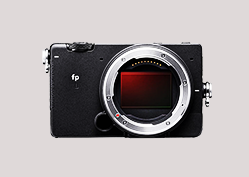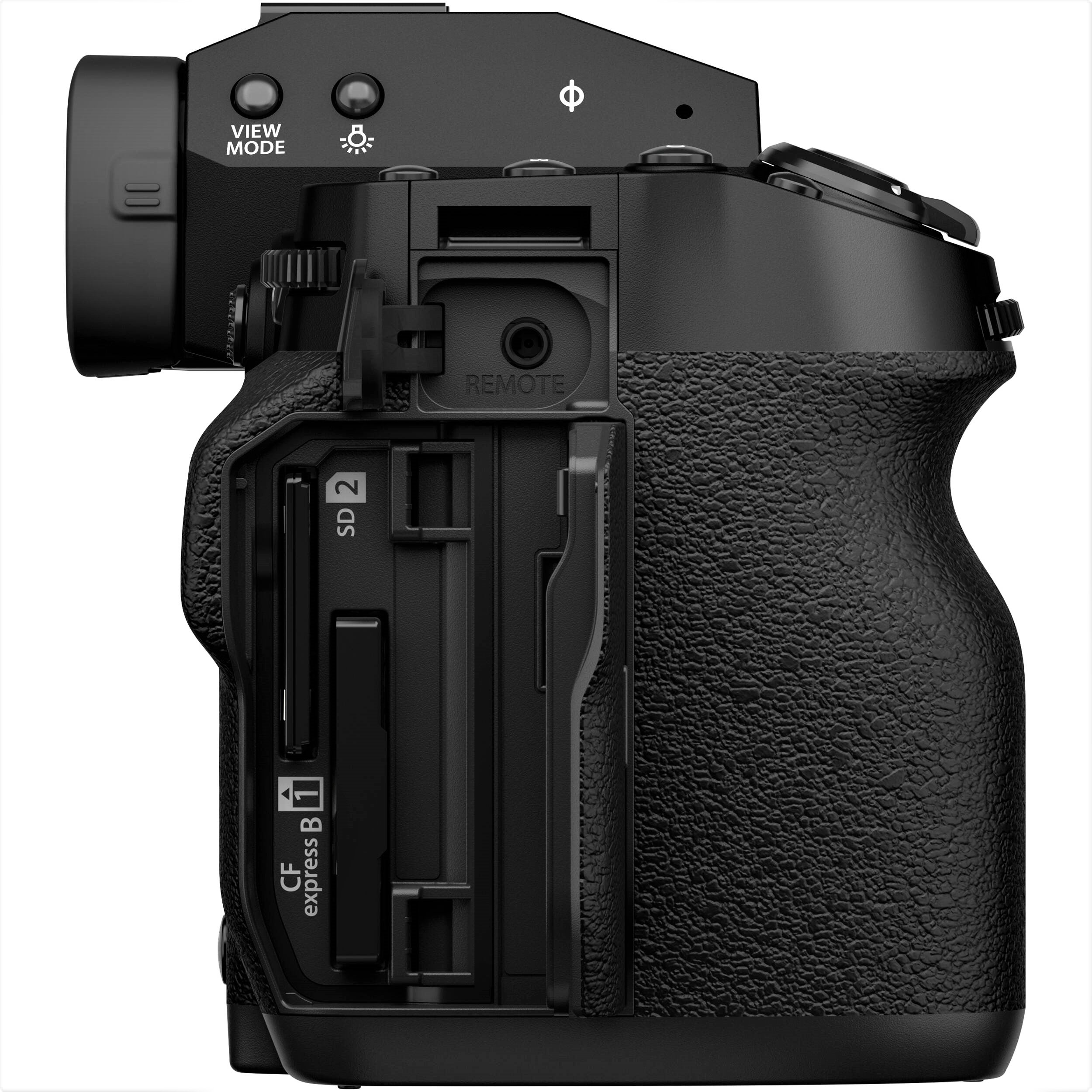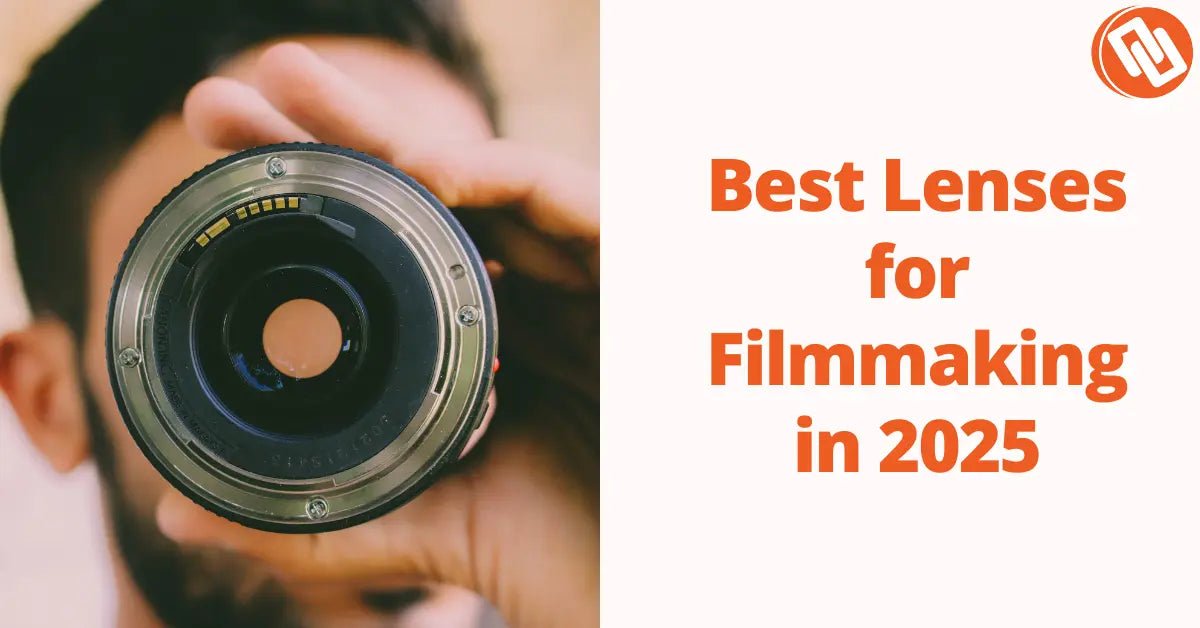Filmmaking is no longer confined to large production studios with massive budgets. Today, independent creators, small production houses, and even ambitious hobbyists can achieve cinematic results thanks to the accessibility of professional-grade cameras. But with so many options on the market, the challenge lies in identifying the best camera for filmmaking that aligns with your budget, creative vision, and technical needs.
In this guide, we’ll break down what makes a camera suitable for filmmaking, explore different categories of options, and provide insight into which models stand out in 2025.
Understanding the Essentials of a Filmmaking Camera
Filmmaking cameras aren’t the same as the average camera you buy for vacation videos. They’re built for more. More control. More consistency. More creative freedom. A DSLR or mirrorless camera can look sharp, sure but sharpness isn’t everything. Professionals need tools that bend to their vision, not the other way around. The difference lies not only in the image itself, but in how much room the camera leaves you to shape that image later. That’s the heart of cinema gear.
Key Factors to Consider
-
Sensor Size and Image Quality: Think of the sensor as the soul of the camera. Bigger sensors like Super 35 or full-frame, pull in more light. They see more in the shadows, more in the highlights. That means fewer blown-out skies, fewer faces lost in the dark. More detail to play with when grading. This is what filmmakers crave: flexibility. The freedom to shoot in tough lighting without fear of losing what matters.
-
Color Science and Profiles: Then comes color. Every brand has its own “look.” Some warmer, some cooler, some bold, some soft. But pros want more than baked-in looks. They want log formats, S-Log, C-Log, V-Log or RAW. Flat, gray, dull-looking footage at first glance. Yet, inside those files? A playground. Endless control in post. The power to craft mood, tone, and consistency across every shot. That’s the magic of color science done right.
-
Recording Formats and Bitrates: Formats matter. Bitrates matter. A lot. Professional cameras don’t just hand you an MP4 and call it a day. They capture in ProRes, RAW, CinemaDNG. Heavy files, yes. But packed with detail. Editors love them. Colorists need them. Compression kills flexibility, high bitrates save it. The choice of codec can decide whether your footage feels trapped or limitless.
-
Lens Mounts and Compatibility: A great camera without great glass? Useless. That’s why lens mounts are critical. PL-mount for cinema rigs. EF lenses for accessibility. Mirrorless mounts for adaptability. Wide shots. Tight portraits. Lenses shape the story, and mounts open doors. Flexibility here means freedom on set. Freedom to chase the look you want without being tied down.
-
Ergonomics and Workflow: Last but not least, workflow. Cinema cameras aren’t tiny toys. They’re built to be rigged, expanded, adapted. Extra monitors. Follow focus systems. Matte boxes. Audio rigs. All the gear that makes a set hum. Ergonomics matter too: button placement, heat control, power options. These small details turn long days into survivable ones. A good camera isn’t just a tool, it’s a teammate. One that works with you, not against you.
Categories of the Best Cameras for Filmmaking
Filmmakers aren’t all cut from the same cloth. Some crave Hollywood-level detail. Others just want a camera that works without draining their wallet. With so many options out there, things can get messy fast. That’s why it helps to break filmmaking cameras into three big groups.
Budget-Friendly Filmmaking Cameras
If you’re starting out, this is your zone. Students. Indie dreamers. Anyone dipping their toes in. These cameras keep costs low while still pulling their weight.
You won’t get monster codecs or crazy dynamic range here. But you’ll get what matters: good video quality, simple menus, and gear light enough to carry anywhere. That’s huge. Want to push things further? Hunt for cameras that handle low light decently, let you swap lenses, and offer a basic log mode for post-production tweaks. That’s the gateway to leveling up without draining your bank account.
Mid-Range Cinema Cameras
Now we’re talking. This tier is where things heat up. You’re past the beginner jitters, but not throwing Hollywood budgets around. These cameras deliver.
Better codecs. Cleaner colors. Sensors that don’t flinch under pressure. All wrapped in bodies that are still manageable on set. Documentary filmmakers love them. Wedding shooters swear by them. Small production houses? They thrive on them.
Why? Because mid-range cameras strike the sweet spot, serious performance without financial freefall. Honestly, it’s one of the most exciting categories in filmmaking right now.
High-End Professional Cinema Cameras
This is the summit. Big productions. Studios. Filmmakers chasing the absolute best. These beasts don’t compromise.
Think modular builds, rugged frames, and sensors that see more than the eye itself. We’re talking cinematic colors, sky-high dynamic range, and RAW recording workflows built for the industry’s toughest demands.
Take the FUJIFILM GFX ETERNA 55 Cinema Camera. Medium format magic, engineered for cinema. It’s not just capturing moving images, it’s sculpting art for the silver screen.
If budget-friendly cameras are the entry ticket, and mid-range is the proving ground, then this category is the crown jewel. It’s filmmaking at full power.
Best Cameras for Filmmaking by Category
Now that we’ve explored the fundamentals of what makes a camera suitable for cinematic production, let’s dive into specific recommendations. Whether you’re just starting out or working on professional sets, the right choice will depend on your creative goals and budget.
1. Budget-Friendly Filmmaking Cameras
Cameras can be expensive. Really expensive. And for beginners, that price tag is enough to scare them away. But here’s the truth, you don’t need a $30,000 cinema rig to make your first film. Not even close.
Today’s budget-friendly cameras deliver more than you’d expect. Clean images. Solid flexibility. Enough durability to handle real-world shoots. They’re the sweet spot for new filmmakers, YouTubers, and indie storytellers who want to practice the craft without emptying their bank accounts.
What makes them special? Their hybrid nature. One moment, you’re snapping still photos. Next, you’re recording a cinematic video. They borrow features from high-end models, sharp resolutions, wide dynamic range, and color profiles that invite you to experiment. All of this, at a fraction of the cost.
Let’s look at two standouts:
Panasonic Lumix GH6
Compact, tough, and shockingly capable. It records up to 5.7K. Supports Apple ProRes. Has advanced in-body stabilization that makes handheld shots buttery smooth. Traveling? Shooting a short film? Running around with no crew? This camera fits that style. Portable, yet powerful.
Sony A7 IV
The gold standard of hybrids. Oversampled 4K that looks crisp and cinematic. Exceptional low-light performance perfect for late-night shoots. Autofocus is so precise it feels like magic. For indie filmmakers who need results they can trust, the A7 IV is a workhorse. It’s affordable, but it behaves like a pro tool.
Now, let’s be clear. These cameras don’t give you everything. You won’t find RAW workflows or modular setups designed for blockbuster productions. But here’s the thing, you don’t need them yet. What you do need is to master the fundamentals: framing a shot, working with light, capturing clean sound, and editing with intention.
That’s where filmmaking really starts. Not with the most expensive camera but with the one that helps you tell your first story.
2. Mid-Range Cinema Cameras
Mid-range cinema cameras hit a sweet spot. They give you professional image quality. They let you push creativity. They keep post-production flexible. And best of all, they don’t drown you in the cost or complexity of high-end rigs.
These cameras are for filmmakers who want more than a mirrorless setup. But they don’t need the heavy weight or the complicated workflows of flagship cinema systems.
Blackmagic Pocket Cinema Camera 6K Pro
This one is an indie favorite. Why? Because it shoots RAW at 6K resolution yet feels simple to use. It has a Super 35 sensor. Blackmagic’s color science is famous for its lifelike tones and wide dynamic range. Your footage? It holds up beautifully in grading.
The body is small, almost deceivingly so. You’d think it’s just a compact camera but it isn’t. It’s a cinematic tool. It gives you rich depth of field, crisp detail, and an accessible price that makes it tough to beat.
Canon EOS C70
Canon took a smart approach here. The C70 blends cinema power with mirrorless flexibility. It uses a Super 35 DGO sensor. It has Dual Pixel Autofocus, Canon’s trusted tech. And the RF mount means your lens choices are future-ready.
Recording options? Plenty. 4K at 120fps. Canon Log 2/3 for grading. Multiple robust formats. It’s versatile. Reliable. Perfect for those who love Canon’s color science and need a camera ready for docs, corporate shoots, or full narratives.
Why They Matter
For documentary shooters. Indie storytellers. Ambitious creators. These cameras unlock a real jump into cinema-level production. They deliver pro codecs. High dynamic range. Professional inputs and outputs.
But here’s the kicker, they do it all without weighing you down or breaking your budget. Mid-range cinema cameras are the entryway to cinematic storytelling. They’re the sweet spot. The perfect step up.
3. High-End Professional Cinema Cameras
At the very top of filmmaking sit the heavy hitters: professional cinema cameras. These aren’t built for convenience. They’re built for results. Big productions, commercials, blockbusters, streaming originals, rely on them. Why? Because they deliver. It’s not just resolution. It’s dynamic range. It’s color depth. It’s modular. These cameras don’t just capture images; they create the look of cinema. And they slide right into the workflows pros demand.
ARRI ALEXA Mini LF
Ask a cinematographer what the gold standard is, and odds are they’ll say Alexa. The Mini LF’s large-format sensor, combined with ARRI’s famous color science, makes skin tones glow and highlights roll off smoothly. The result? Gorgeous images that just feel cinematic. And here’s the kicker: it’s compact. Mount it on a gimbal, fly it on a drone, hold it in your hands, it adapts. Yet it still performs like a studio beast.
RED KOMODO 6K
Small body. Massive punch. The KOMODO is pure RED DNA packed tight. Shooting in 6K RAW means flexibility in post. Want to reframe? Grade hard? Push the limits? No problem. Add a global shutter to kill motion artifacts, and you’ve got a dream for action, sports, and high-speed work. Agile, portable, powerful. The KOMODO makes chaos look clean.
FUJIFILM GFX ETERNA 55 Cinema Camera
New kid on the block, but no lightweight. FUJIFILM fused medium-format imaging with its legendary ETERNA film color science. The result? Rich, deep footage that feels alive. Add the ARRI PL mount and suddenly the best cinema glass in the world is yours to use. Tradition meets innovation here. For directors wanting a visual signature that stands out, the ETERNA 55 is forward-thinking and bold.
In the end, these cameras aren’t just machines. They’re collaborators. They shape emotion. They set the tone. They give your story weight. Choosing one isn’t about specs, it’s about voice.
How to Choose the Best Camera for Filmmaking
Choosing a camera can feel like standing in front of a wall of endless choices. Too many specs. Too many price tags. Too many promises. So, let’s make it simple: there is no one perfect camera. The best one is the one that matches your goals, your budget, and the kind of stories you want to tell.
First, money. Always money. Some cameras cost as much as a small car. Others are cheap but shockingly powerful. Decide where you stand before anything else.
Then, the story. Are you shooting quick, scrappy travel vlogs? You’ll need a light body and stabilization built in. Planning a dramatic short film? You’ll want wide dynamic range, strong codecs, and lenses that pull in that cinematic magic. Different stories, different tools.
Don’t forget size and weight. Will you carry it all day, sprinting through unpredictable locations? Or will you lock it into a heavy studio rig with lights and full crew support? A tiny mirrorless feels like freedom. A cinema camera feels like control. Which matters more to you?
And what about editing? Cameras that shoot in log give you huge color freedom, but they demand more time, more skill, more computing power. If you want speed, choose cameras with strong color straight out of the box. Quick turnarounds beat heavy grading for some creators.
Ask yourself:
-
What’s my real budget, including lenses, storage, and extras?
-
What kind of content am I making documentaries, films, ads, or online clips?
-
Do I want portability or a heavy-duty rig?
-
Do I care about color grading, or do I want files that just work fast?
Your answers narrow the field. They point you toward a category of entry-level hybrids, mid-tier workhorses, or full-on cinema rigs. In the end, the “right” camera is not about specs alone. It’s about how smoothly it supports your storytelling and how it feels when you press record.
Conclusion
Finding the best camera for filmmaking isn’t about chasing specs alone, it’s about aligning your equipment with your storytelling vision. For beginners, budget-friendly options like the Panasonic GH6 or Sony A7 IV are excellent stepping stones. Mid-range filmmakers can rely on the Blackmagic Pocket Cinema Camera 6K Pro or Canon C70 to deliver professional-grade results without the full expense of cinema rigs. At the top, high-end cameras such as the ARRI ALEXA Mini LF, RED KOMODO, and FUJIFILM’s forward-thinking GFX ETERNA 55 truly elevate filmmaking to a cinematic art form.
If you’re ready to take your productions to the next level, consider exploring cameras that offer flexibility, powerful color science, and professional workflows. The right camera is more than just a tool, it’s the foundation of your visual storytelling.
Visit our website to discover the latest in filmmaking gear, including advanced cinema cameras and accessories that will help bring your creative vision to life.






